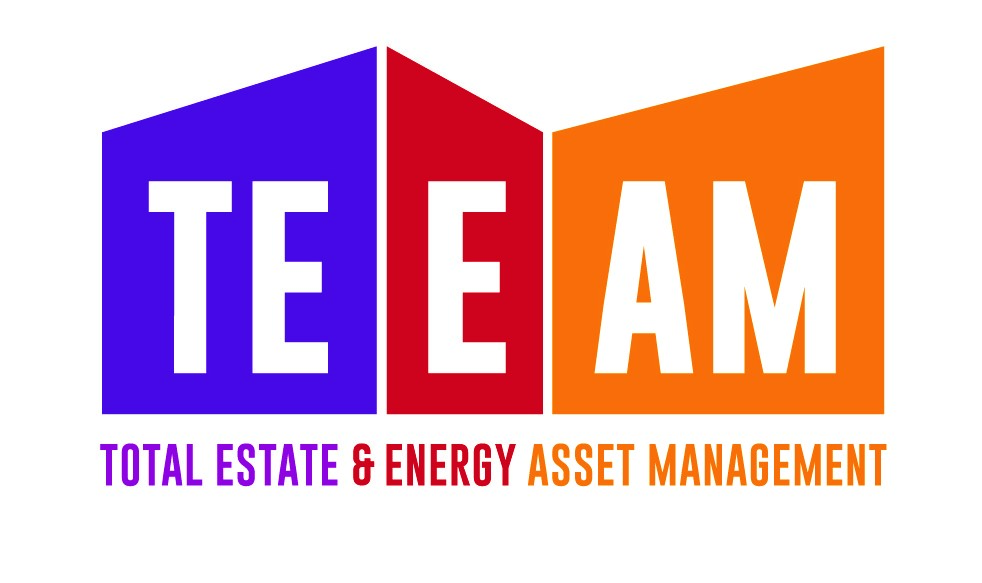Why heat networks, why now?
By 2050, the UK government expects gas to play a much smaller role in heating our buildings, preferring to use it for electricity generation instead. This means that we will have to embrace technologies such as heat pumps, use our existing gas network in a new way, or centralise and share our heat within networks. In reality, the UK will probably adopt a mixture of all three. Developers are banned from installing individual gas boilers from 2023, so an alternative way to heat our homes is required. Consequently, a growing number of developments are being built with a communal heat plant. The irony? The majority currently operate using gas as their main source of energy! There are about 14k of Heat Networks delivering supply to half a million customers currently, and about 12k of these are communal heating and the remaining 2k are district schemes. It is expected that this will increase to over 10 million homes in the next ten years. The UK government has actively encouraged change by injecting £320 million into heat schemes between 2017 and 2021. The Renewable Heat Incentive (RHI) was introduced in 2011 to support technologies that generate heat from renewable sources. These include biomass boilers, ground and air to water source heat pumps, solar thermal, and biogas boiler or combined heat and power (CHP) applications. Over a period of 20 years, the UK Government (via Ofgem) will pay the owners of these systems for each kWh of heat generated according to a set of published tariffs. Systems must be heat metered according to carefully prescribed standards to be eligible for such payments.
Renewable Heat Installations offer a great way to reduce carbon emissions and the incentive scheme helps to offset the cost of installing new or replacement plants. Organisations planning a renewable heat installation need to be confident that the installation and heat metering is suitable for RHI scheme approval.
The RHI scheme will close to new applications on 31 March 2021. If you are in the process of or looking to install a scheme, you will need to apply for an RHI Tariff Guarantee before the deadline in order to secure your tariff rate. In doing this, your deadline for submitting your RHI Application is extended until January 2022. Incentives will continue to be paid for installations completed and commissioned before the end of March, however subsequent installations may not receive any form of subsidy.




